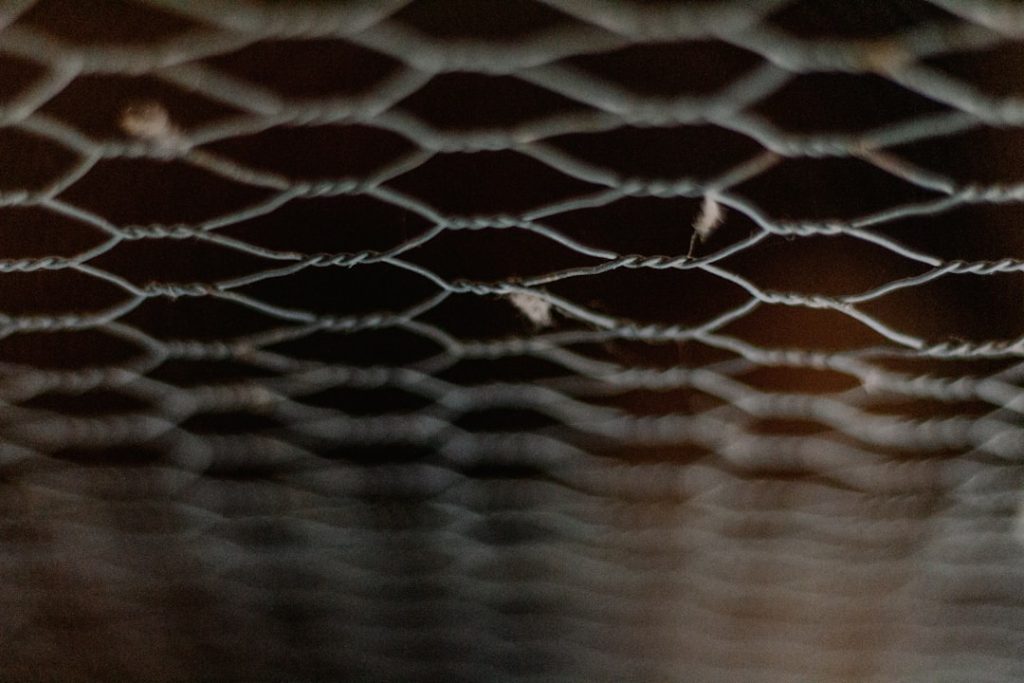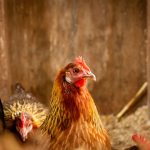Unwanted chickens can pose significant challenges to farm management and ecosystem balance. These birds may cause damage to crops through foraging, potentially impacting vegetable gardens and fruit orchards. Their scratching behavior can disturb soil, leading to erosion and nutrient loss.
Unwanted chickens may also compete with livestock for resources and potentially spread diseases such as avian influenza. The presence of uncontrolled chicken populations can disrupt local ecosystems. They may prey on beneficial insects, interfere with nesting sites of native birds, and intimidate smaller animals.
This disruption can lead to a decrease in biodiversity, potentially affecting the long-term health of the farm environment. Additionally, unwanted chickens can create noise disturbances and exhibit aggressive behavior, which may negatively impact the farm’s atmosphere. It is important for farmers to recognize these potential issues and implement appropriate management strategies to maintain a balanced and productive farm ecosystem.
Proactive measures can help mitigate the risks associated with unwanted chicken populations and preserve the overall health and productivity of the farm.
Table of Contents
- 0.1 Conducting a Thorough Survey
- 0.2 Securing Vulnerable Entry Points
- 0.3 Effective Management and Prevention
- 0.4 Managing Unwanted Chickens on Your Farm
Effective management of unwanted chickens on your farm often requires a collaborative effort with neighboring farms and local authorities. By working together, you can share knowledge, resources, and expertise to develop collective solutions to this common problem.
- 0.5 Creating a Unified Approach
- 0.6 Seeking Community Support
- 1 FAQs
- 1.1 What are some common methods for keeping unwanted chickens out of a farm?
- 1.2 How can fencing be used to keep unwanted chickens out of a farm?
- 1.3 What are some scare tactics that can be used to deter unwanted chickens?
- 1.4 Are there any natural repellents that can be used to keep unwanted chickens out of a farm?
- 1.5 What are some considerations to keep in mind when trying to keep unwanted chickens out of a farm?
Conducting a Thorough Survey
Conduct a thorough survey of your farm to identify any gaps in fencing, open gates, or other potential entry points that chickens may be using to enter your property. It is essential to develop a comprehensive plan to secure these areas and prevent unwanted chickens from gaining access to your farm.
Securing Vulnerable Entry Points
This may involve repairing existing fencing, installing additional barriers, or implementing other measures to fortify vulnerable entry points. Once you have identified the entry points, it is important to prioritize them based on the level of risk they pose. For example, entry points near sensitive areas such as vegetable gardens or livestock enclosures should be addressed with urgency, while less critical areas may be addressed at a later stage.
Effective Management and Prevention
Developing a plan to secure these entry points will help you effectively manage the issue of unwanted chickens on your farm and prevent further damage to your crops and livestock.
One of the most effective ways to prevent unwanted chickens from entering your farm is by implementing physical barriers such as fencing or netting. These barriers can help create a boundary that deters chickens from gaining access to your property. When installing fencing, it is important to ensure that it is tall enough to prevent chickens from flying over and sturdy enough to withstand their attempts to dig under or push through.
Additionally, adding a layer of netting over vulnerable areas such as vegetable gardens can provide an extra level of protection against unwanted chickens. In addition to traditional fencing and netting, there are also other physical barriers that can be used to prevent unwanted chickens from entering your farm. For example, installing motion-activated sprinklers or barriers made from chicken wire can help deter these birds from accessing sensitive areas.
It is important to assess the specific needs of your farm and implement physical barriers that are tailored to address the unique challenges posed by unwanted chickens.
In addition to physical barriers, there are also various deterrents that can be used to discourage unwanted chickens from entering your farm. Visual deterrents such as scarecrows or reflective tape can be effective in deterring chickens by creating a sense of unease and making them feel exposed. Sound devices such as ultrasonic repellers or predator calls can also be used to create an environment that is inhospitable to unwanted chickens.
Additionally, natural repellents such as citrus sprays or garlic-based solutions can be applied to vulnerable areas to discourage these birds from foraging. It is important to note that while deterrents can be effective in the short term, they may not provide a long-term solution to the issue of unwanted chickens on your farm. Therefore, it is essential to combine the use of deterrents with other proactive measures such as securing entry points and removing food sources to effectively manage this issue.
By exploring the use of visual deterrents, sound devices, or natural repellents, you can create an environment that is less attractive to unwanted chickens and reduce the risk they pose to your farm.
Unwanted chickens are often attracted to farms by the presence of food sources such as spilled grain, compost piles, or unsecured feed storage. To effectively manage the issue of unwanted chickens, it is crucial to identify and remove these potential food sources that may be attracting these birds to your farm. This may involve implementing better storage practices for feed and grain, securing compost piles, and regularly cleaning up spilled food around livestock enclosures.
In addition to addressing obvious food sources, it is also important to consider other factors that may be attracting unwanted chickens to your farm. For example, overgrown vegetation or dense shrubbery can provide cover for these birds and make them feel more secure on your property. By maintaining a well-manicured landscape and removing unnecessary vegetation, you can create an environment that is less attractive to unwanted chickens and reduce the likelihood of them establishing a presence on your farm.







